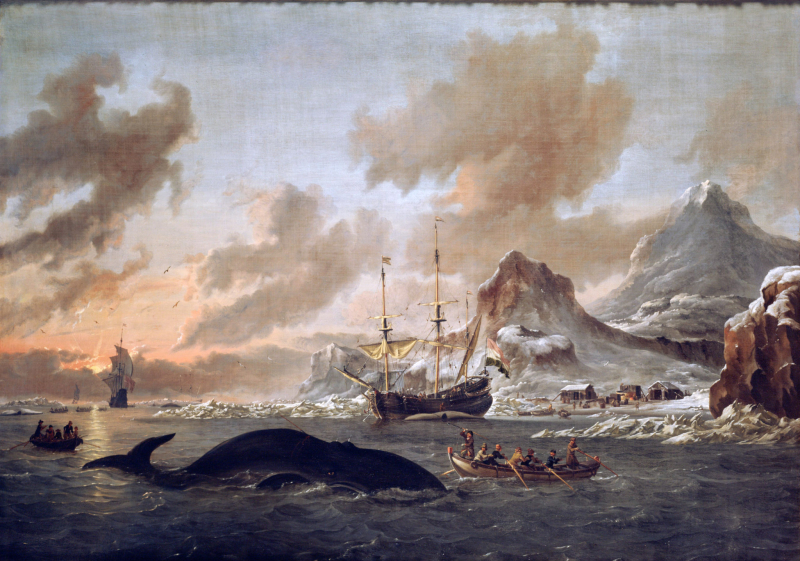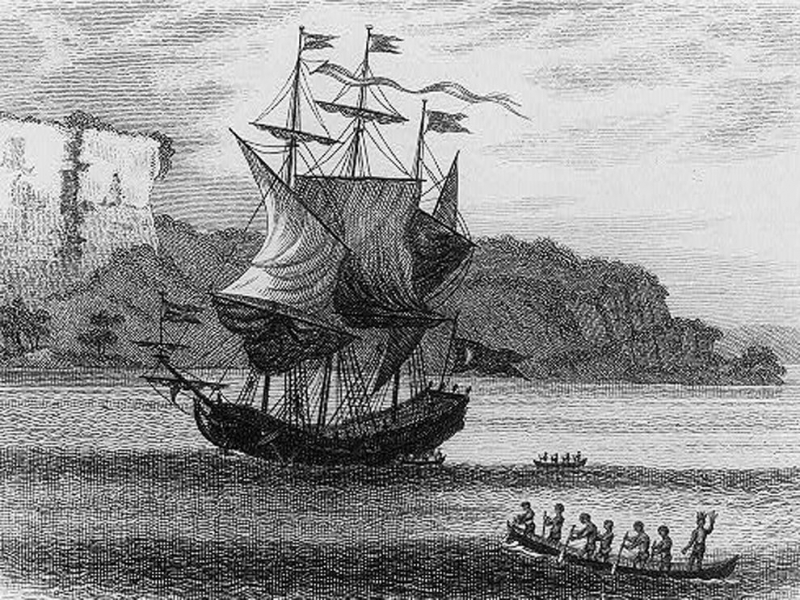He Made Four Attempts To Find A Northerly Passage To Asia
European enterprises were hunting for a passable passage over the North Pole to Asia in the late 16th and early 17th centuries. The ice at the pole was expected to melt throughout the summer, which meant that there would be a navigable shorter north-east or north-west sea route from Europe to Asia, according to cartographers or mapmakers of the time. Henry Hudson made four attempts to find an ice-free passage past the North Pole that would provide a shorter route to the rich markets and resources of Asia.
Hudson made two attempts in 1607 and 1608 on behalf of English traders to locate the mythical Northeast Passage to China via a passage above the Arctic Circle. On behalf of the Dutch East India Company, he arrived in North America in 1609 and traveled through the area that is now the New York metropolitan area. He sailed up the Hudson River with his ship Halve Maen ("Half Moon") in search of a Northwest Passage to Asia. Despite the risks of ice and uncharted coasts, he maintained his warships. He had good navigation skills. His contributions to geography were significant, and the Dutch colonization of the Hudson River and the English claims to Canada were both founded on his discoveries.










